7 of the biggest mistakes tourists make visiting national parks, according to empty-nesters who have been to all 63 of them
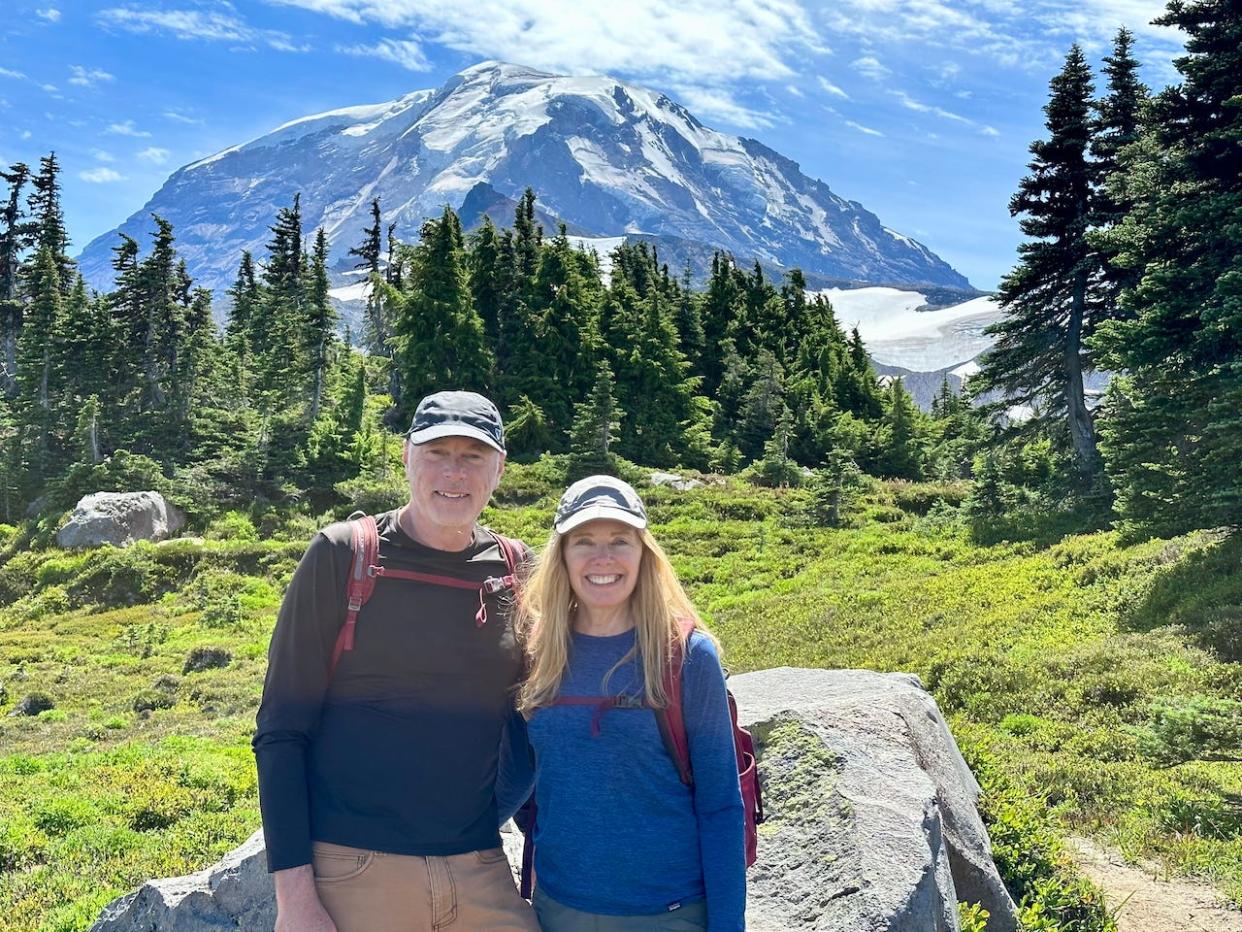
Matt and Karen Smith have been to 63 US national parks — some multiple times.
They set out with a goal to visit every park in 2010 after their youngest child went to college.
Here are the biggest mistakes the Smiths have seen tourists make at national parks over the years.
Matt and Karen Smith know a thing or two about getting the most out of a national park visit.
After their youngest child went to college, the couple, who met at a university in Kansas and are now based in Seattle, quit their jobs in 2010 when they realized they could finally travel freely.
"When we moved to Seattle, we met another couple named Bob and Sue," Karen, 63, said. "They would take their family to the national parks. That was all new to us. We weren't national park people, so they inspired us to start."
Matt, 63, said they were "fortunate" to have enough savings to spend over a year visiting every major US national park. Throughout their travels, they wrote emails to Bob and Sue that they eventually compiled into a book titled "Dear Bob and Sue."
Nowadays, Matt and Karen regularly post about their national park experiences on Instagram, where they have over 246,000 followers, and discuss them in their podcast.
The Smiths recently spoke with Business Insider to share the biggest mistakes they've made themselves or seen people make when visiting national parks — and how to avoid them.
Just because it is summer, it doesn't mean conditions in mountainous national parks are ideal.
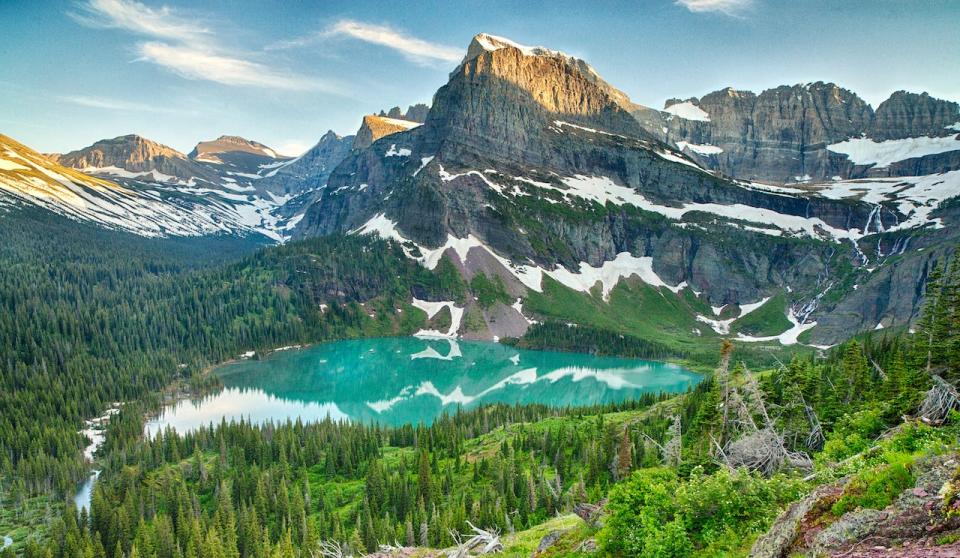
According to Matt, one of the biggest mistakes he sees people make when planning their national parks visits is not putting enough thought into how the weather at their destination may differ from where they are.
"It's not the season where you are. It's the season where you're going," he said. In the Midwest, for example, he said it gets decently warm by early June, so many people assume that means conditions are perfect up in mountainous national parks like Glacier National Park.
"Some of the mountains are still under snow," he said, adding that visitors have to be "precise" in their planning about which mountain they want to visit and find out whether it is safe to do so.
Many people make the mistake of not getting permits early.
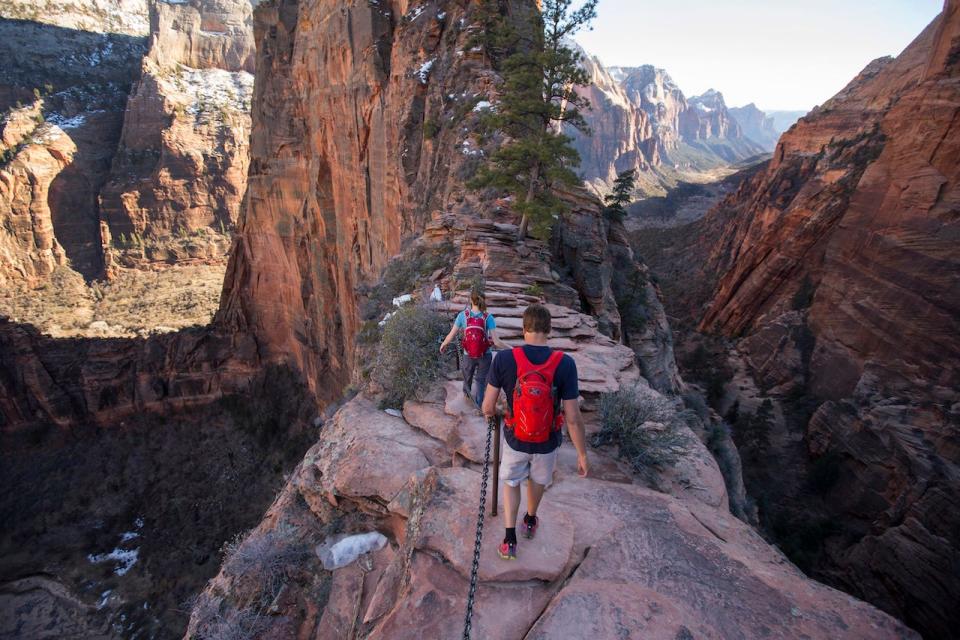
Matt and Karen say they've noticed an increase in the popularity of tourism in the national parks since they set out on their journey to visit all of them in 2010.
They attribute it to the "rise of social media" and how easy it is to share eye-catching photographs nowadays. "People see how incredible these places are and it makes them say, 'I want to go there,'" Karen said.
With the surge in popularity, the couple says people underestimate how far in advance they should start obtaining necessary documents for their visit.
"You have to plan way ahead because some of the permits that you have to get, you almost have to get a year ahead of time," Matt said.
Not checking the national park's website can lead to disappointment or unnecessary risks.
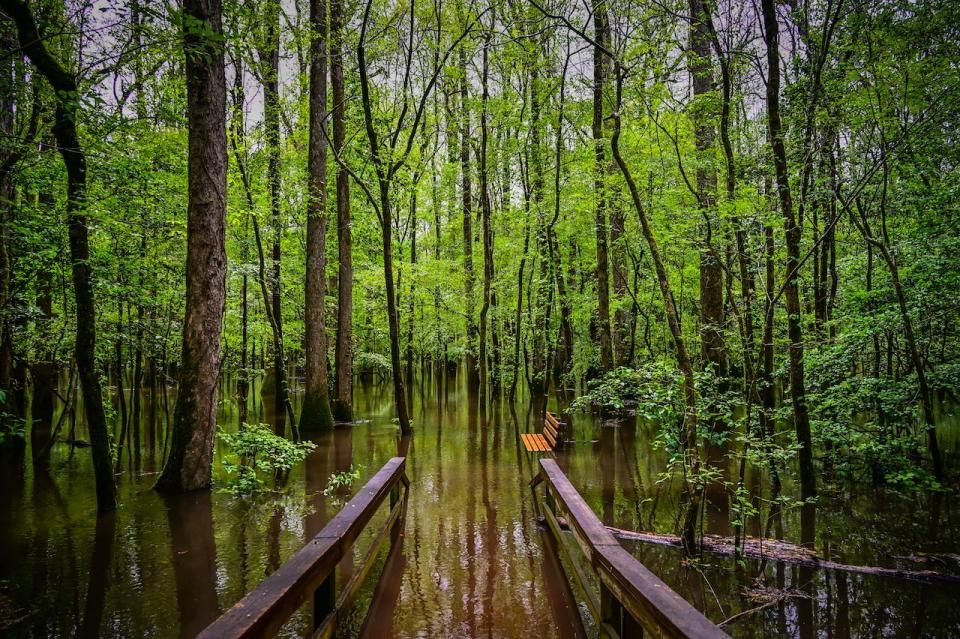
Karen and Matt always advise keeping an eye on the national park's website when planning a visit.
"We literally say check it three months before you go, check it a week before you go, check it the day before," Matt said.
While it wasn't at a national park, the couple said they had a "situation" a few years back when hiking in the wilderness and had a close call with a "life-endangering flash flood" because they hadn't checked the park's website.
"We weren't looking at the website, and we almost hiked into it," Matt said. While that is an extreme scenario, the couple says it's also important to get ahead of any situations.
Thinking the national parks are like Disneyland is common — and dangerous.
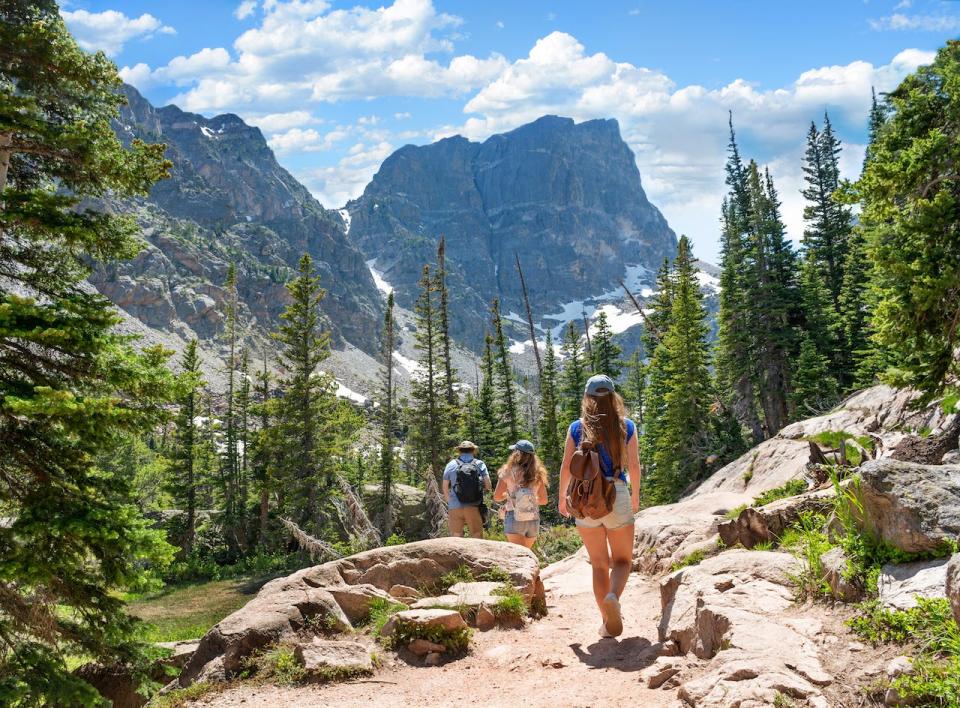
Theme parks and national parks may share a word but they couldn't be more different, according to the Smiths.
"People think the national parks are Disneyland and I think people also have a false sense of security, of safety, because nothing bad happens at Disneyland," Karen said.
Wildlife encounters and hiking accidents can happen. The Smiths say that it's important to realize the real hazards.
"This is not Disney, and a lot of bad things happen to people in the parks because they are unaware of the dangers," Karen added.
Hiking essentials can be lifesavers and can help keep the national parks clean.
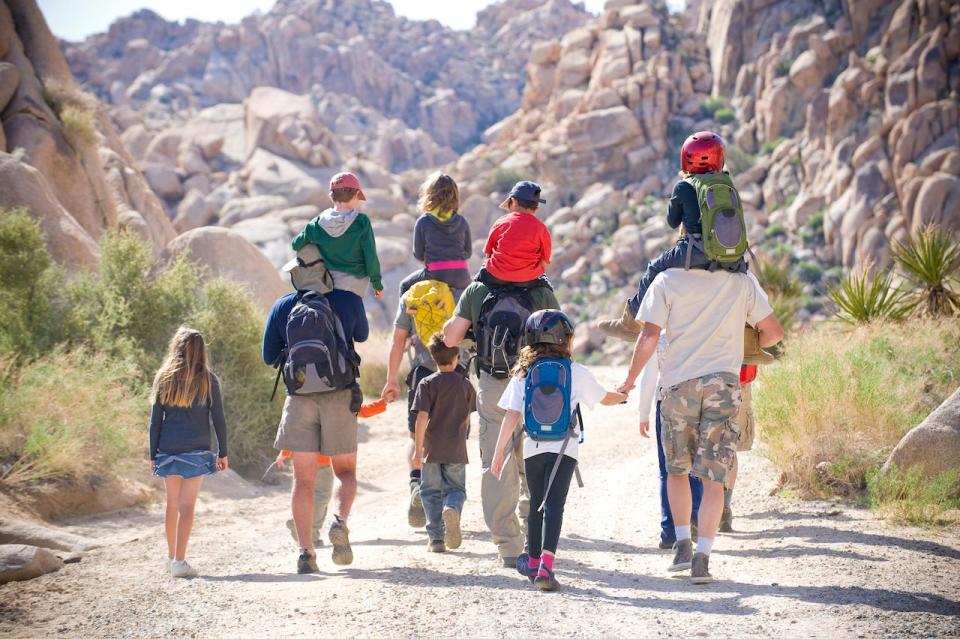
One of the many reasons that the Smiths love visiting the national parks is because they are avid hikers. Being hikers, they are well-versed in the "10 essentials" that the NPS advises any visitor to take with them when exploring a national park, including navigation tools, sun protection, and first-aid supplies.
Still, they've seen many tourists make the mistake of venturing into parks without the essentials in tow. In Death Valley, for example, Karen said they can't count "how many times" they've encountered other visitors without water or sun protection.
"I don't think people understand how dangerous that is," Matt added.
On top of the "10 essentials," Matt and Karen also say people often make the mistake of not taking WAG bags (a bag used to transport human waste of of a wilderness area) and instead resort to going outdoors.
"A lot of people feel like, 'Well it's the wilderness, I'm just going to go out of sight,'" Matt said. "But here's the problem: in some places that are so popular, the amount of human waste really builds up. That's a bad thing."
Just because there are bears, it doesn't necessarily mean you need bear spray.
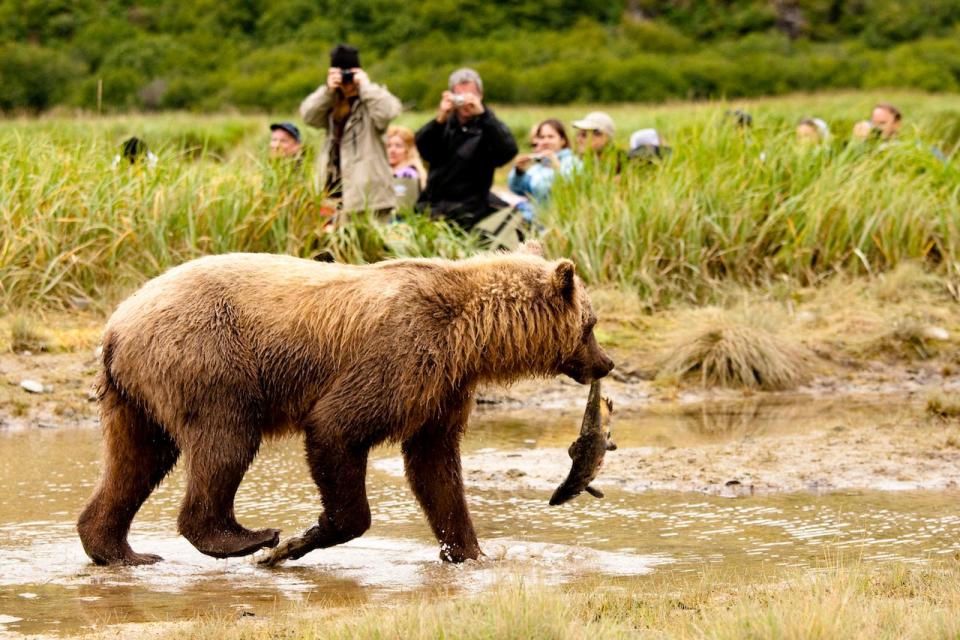
The NPS recommends that tourists carry bear spray, but only in certain parks, which Karen and Matt say not everyone realizes.
"There's actually a really easy way to remember it. If the park has grizzly bears, you need bear spray," Karen said. "The parks that have the black bears, you don't need bear spray."
If bear spray is recommended, ensuring it is easily accessible is crucial. "If you come upon a bear and it's zipped inside your backpack, you're never gonna have time to take your backpack off and unzip it," Karen said.
"A lot of times, we literally carry it in our hands," Matt added.
Doing too much in a national park can lead to "activity fatigue" and a bad experience.
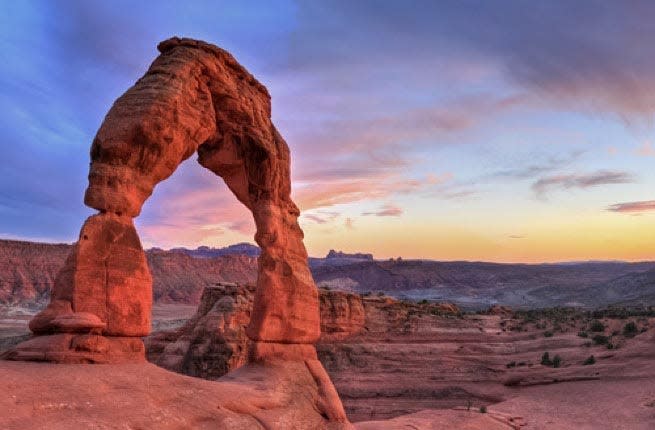
The US is home to expansive national parks like Wrangell–St. Elias in Alaska, which is 13.2 million acres, and Yellowstone, which is over 2 million acres.
It is impossible to see everything worth seeing in one visit. But that doesn't stop people from trying, which the Smiths say isn't worth it.
"People get excited to go to the national parks, and they overplan," Matt said. "They feel like, 'OK, it's the only time I'm ever gonna go to Yellowstone, we got to get it all in. But, you know, you have the activity fatigue and it can turn into a bad experience."
Ultimately, Karen said people feel a lot of "pressure" to do the most because of all the money and vacation days it often requires to visit national parks. But the best thing to do is to take a step back, she said.
"It's probably better to do a few things really well than try to get everything done on your list," Matt added.
Read the original article on Business Insider

